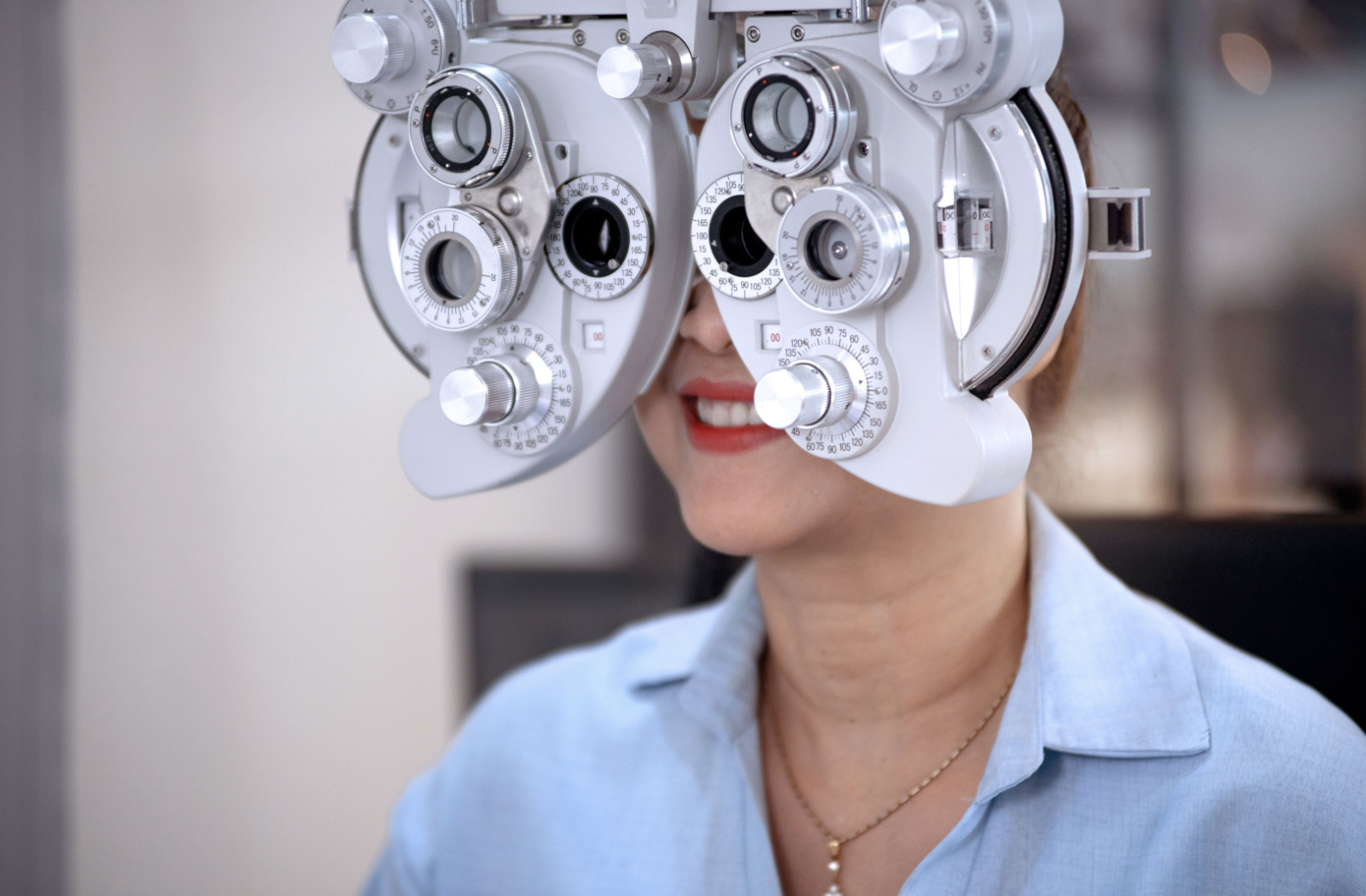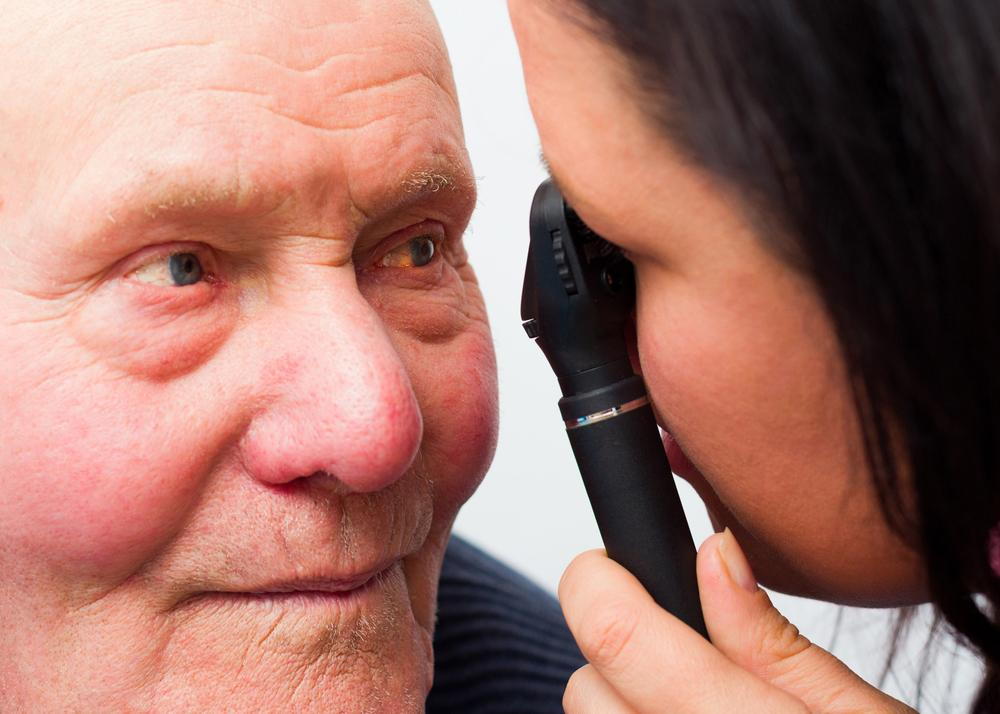All Categories
Featured
Reduced vision, a condition where typical glasses, contact lenses, or surgical procedure can not completely bring back sight, can make daily activities challenging. Low vision rehabilitation provides a variety of sources to aid individuals keep their independence and quality of life. This article discovers the options readily available for those looking for support in handling their aesthetic impairments.
What Is Reduced Vision Rehab?
Reduced vision rehabilitation is a structured approach to assist individuals maximize their remaining vision and adapt to brand-new ways of doing day-to-day jobs. Professionals collaborate with individuals to create tailored methods, incorporating tools, strategies, and training programs that fit their special demands.
![]()
Key Options for Low Vision Rehab
Vision Enhancing Gadget
Optical Aids: Gadget like magnifiers, telescopic glasses, and unique reading lenses can improve quality for reading, writing, and other close-up activities.
Electronic Visual Help: Devices such as electronic magnifiers and mobile video clip magnifiers provide adjustable zoom capabilities for different jobs.
Wearable Technology: Smart glasses geared up with cams and voice feedback deal innovative options for enhancing vision.
![]()
Assistive Modern Technology
Display visitors, text-to-speech applications, and tools with voice commands make modern technology obtainable for people with reduced vision.
Mobile phone applications, such as navigating help and item recognition devices, help individuals engage with their environments better.
Training and Treatment
Alignment and Wheelchair Training: Professionals teach skills for navigating areas securely, including making use of white canes or overview pet dogs.
Daily Living Abilities Educating: Rehabilitation programs offer methods for cooking, cleaning, and individual treatment, making certain that people can do vital jobs individually.
Visual Abilities Educating: Workouts made to enhance using continuing to be peripheral vision can enhance aesthetic performance.
Environmental Adaptations
Modifications to living or work spaces can considerably boost access. Instances consist of:
Installing brighter lighting.
Adding high-contrast markings to appliances.
Organizing furniture to develop clear paths.
Assistance Networks
Psychological and mental support is a crucial part of rehab. Support system, treatment sessions, and counseling services can help people deal with the difficulties of vision loss.
![]()
Peer networks attach people with similar experiences, fostering a feeling of community and shared learning.
Just How to Access Reduced Vision Rehab Solutions
Reduced vision rehabilitation solutions are usually given by:
Low Vision Clinics: Operated by ophthalmologists and optometrists concentrating on vision problems.
Job-related Therapists: Specialists in adjusting environments and jobs to fit private demands.
Nonprofit Organizations: Groups such as the American Structure for the Blind (AFB) or regional loss of sight assistance organizations supply valuable sources and references.
Verdict
Low vision recovery provides a range of sources customized to boost functionality, increase self-confidence, and enhance quality of life. If you or a liked one is encountering the obstacles of reduced vision, think about reaching out to an expert or recovery center to explore the lots of options available.
What Is Reduced Vision Rehab?
Reduced vision rehabilitation is a structured approach to assist individuals maximize their remaining vision and adapt to brand-new ways of doing day-to-day jobs. Professionals collaborate with individuals to create tailored methods, incorporating tools, strategies, and training programs that fit their special demands.

Key Options for Low Vision Rehab
Vision Enhancing Gadget
Optical Aids: Gadget like magnifiers, telescopic glasses, and unique reading lenses can improve quality for reading, writing, and other close-up activities.
Electronic Visual Help: Devices such as electronic magnifiers and mobile video clip magnifiers provide adjustable zoom capabilities for different jobs.
Wearable Technology: Smart glasses geared up with cams and voice feedback deal innovative options for enhancing vision.

Assistive Modern Technology
Display visitors, text-to-speech applications, and tools with voice commands make modern technology obtainable for people with reduced vision.
Mobile phone applications, such as navigating help and item recognition devices, help individuals engage with their environments better.
Training and Treatment
Alignment and Wheelchair Training: Professionals teach skills for navigating areas securely, including making use of white canes or overview pet dogs.
Daily Living Abilities Educating: Rehabilitation programs offer methods for cooking, cleaning, and individual treatment, making certain that people can do vital jobs individually.
Visual Abilities Educating: Workouts made to enhance using continuing to be peripheral vision can enhance aesthetic performance.
Environmental Adaptations
Modifications to living or work spaces can considerably boost access. Instances consist of:
Installing brighter lighting.
Adding high-contrast markings to appliances.
Organizing furniture to develop clear paths.
Assistance Networks
Psychological and mental support is a crucial part of rehab. Support system, treatment sessions, and counseling services can help people deal with the difficulties of vision loss.

Peer networks attach people with similar experiences, fostering a feeling of community and shared learning.
Just How to Access Reduced Vision Rehab Solutions
Reduced vision rehabilitation solutions are usually given by:
Low Vision Clinics: Operated by ophthalmologists and optometrists concentrating on vision problems.
Job-related Therapists: Specialists in adjusting environments and jobs to fit private demands.
Nonprofit Organizations: Groups such as the American Structure for the Blind (AFB) or regional loss of sight assistance organizations supply valuable sources and references.
Verdict
Low vision recovery provides a range of sources customized to boost functionality, increase self-confidence, and enhance quality of life. If you or a liked one is encountering the obstacles of reduced vision, think about reaching out to an expert or recovery center to explore the lots of options available.
Latest Posts
Learn About Best Car Repair Services offered by Montclare Auto Repair – Drive with Confidence
Published en
1 min read
The Benefits of Regular Auto Maintenance at Montclare Auto Repair Keeps Your Wallet Happy
Published en
1 min read
Selecting the Right Roof Color: Effect On Energy Performance
Published en
1 min read
More
Latest Posts
Learn About Best Car Repair Services offered by Montclare Auto Repair – Drive with Confidence
Published May 29, 25
1 min read
The Benefits of Regular Auto Maintenance at Montclare Auto Repair Keeps Your Wallet Happy
Published May 27, 25
1 min read
Selecting the Right Roof Color: Effect On Energy Performance
Published May 22, 25
1 min read